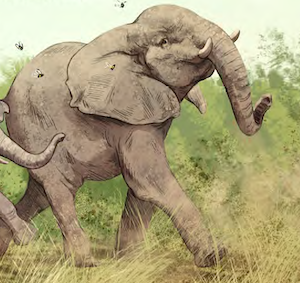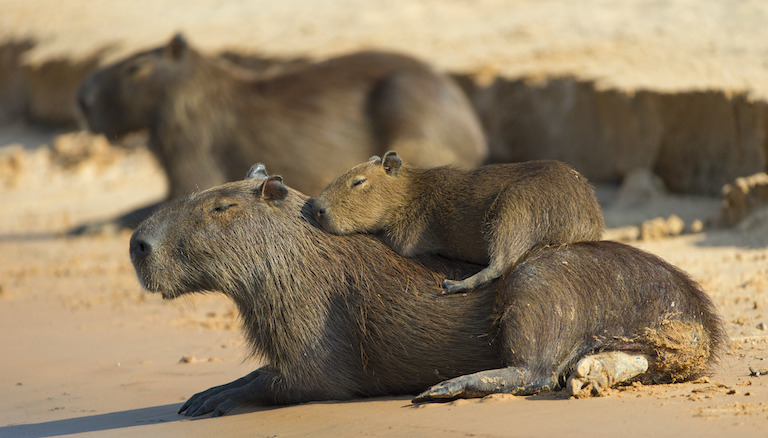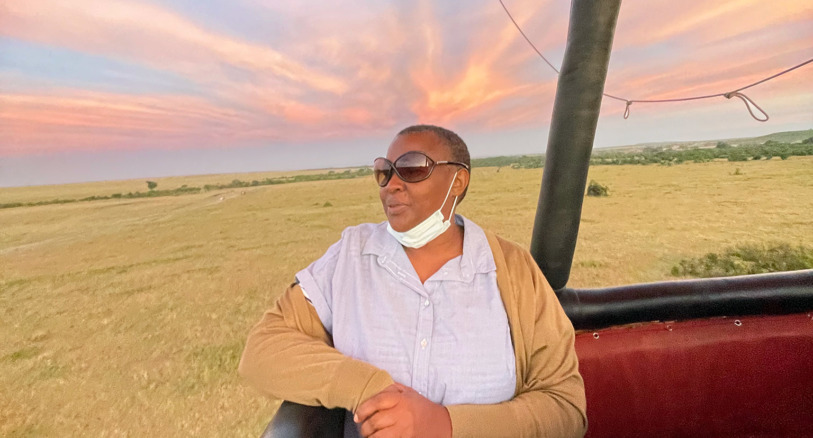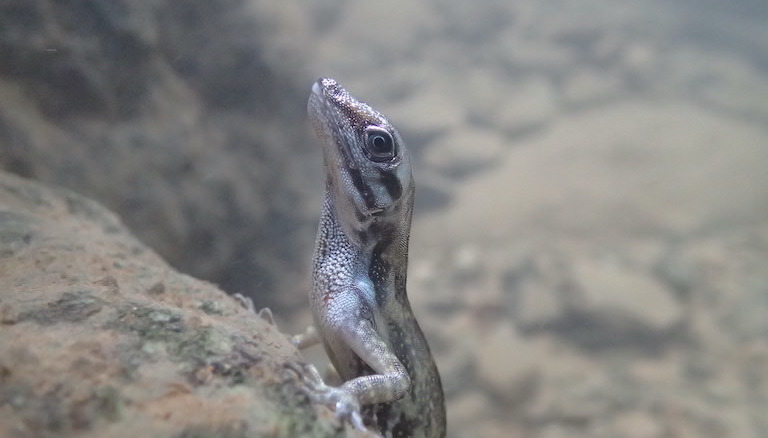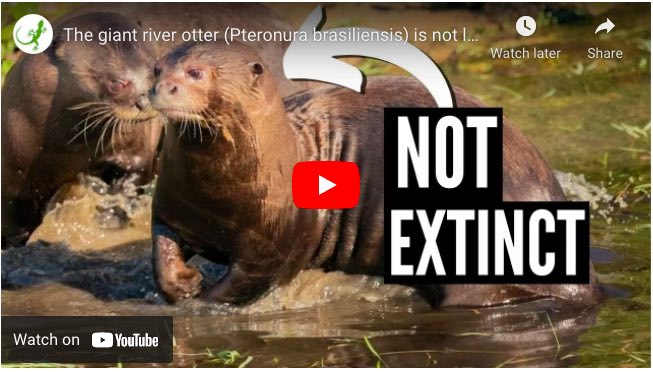To protect animals and their habitats, we often need to reduce human activities that change the landscape, such as mining or deforestation. We may also need to restore habitat to a more wild state by removing dams from rivers or clearing away buildings.
However, sometimes animals depend on human-modified landscapes for their survival. These animals might disappear if humans stop managing the landscapes they live in. A brilliant blue butterfly in Japan illustrates how this can happen.
Meet the miyamashijimi butterfly:

A miyamashijimi nectaring on a buckwheat flower. Image courtesy of Todai University.
Since the last ice age, a butterfly species called the Reverdin’s blue (known as miyamashijimi in Japanese), has survived in Japanese grasslands that are maintained by human agricultural activities. As Japan’s population ages and leaves the countryside, these human-managed grasslands change to forests. The miyamashijimi is now endangered because its grassland habitat is disappearing.
A small agrarian town called Iijima is working with researchers from the University of Tokyo to help the miyamashijimi butterfly.
The people working to help the miyamashijimi are creating a traditional Japanese landscape called satoyama. Satoyama is a mosaic of various ecosystems such as rice paddies, grasslands, and woodlands. Satoyama landscapes are where human activities connect communities with the natural world.
A satoyama landscape:

A satoyama landscape comprised of a rice paddy, a grassland, and a woodland. Image courtesy of Todai University.
“In order to conserve species adapted to human-managed landscapes like the satoyama, we need to strike a balance between overuse and underuse,” said Tadashi Miyashita, a professor at the University of Tokyo. “For so long, humans have been concerned with overuse of the environment, but underuse is also a problem.”
Satoyama landscapes have become increasingly abandoned and underused in Japan. Imports of food and energy from other countries decreased local need for human-managed agricultural grassland ecosystems.
So far, the butterfly conservation effort has created sanctuaries for the butterfly in four previously abandoned grasslands in Iijima. These grasslands neighbor rice fields and woodlands and follow a moderate maintenance schedule. In this way they create a satoyama landscape.
Maintaining miyamashijimi habitat:

Todai (University of Tokyo) researchers maintaining miyamashijimi habitat with moderate disturbance while a miyamashijimi rests in the foreground. Image courtesy of Todai University.

Todai researchers maintaining miyamashijimi habitat by cutting grass to a good height for the butterfly’s favored host plant, false indigo. Image courtesy of Todai University.
These landscapes are mowed to keep the grasslands from turning into forest. The researchers find that just the right amount of mowing is needed. If the grasslands are not mowed enough, the larvae of the miyamashijimi are destroyed by flies and worms called nematodes. The nematodes and flies that eat the butterfly larvae thrive in tall grasslands that are not mowed frequently.
Elementary school students planting indigo to create a miyamashijimi habitat:
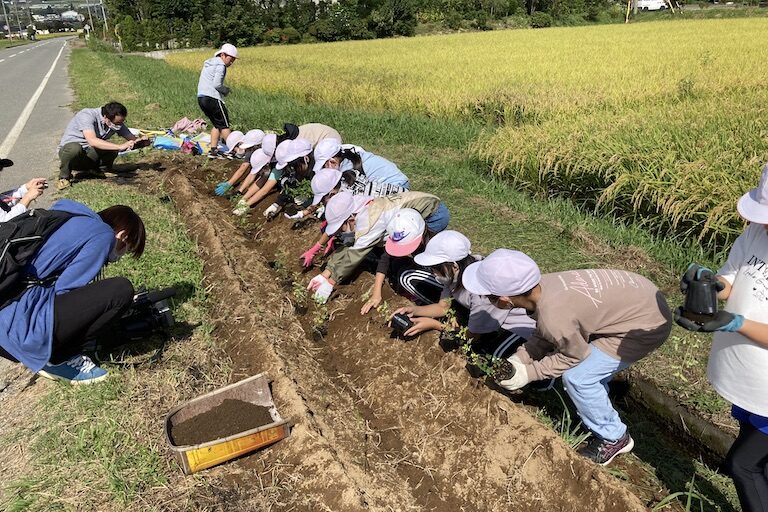
Image courtesy of Todai University.
The miyamashijimi are responding positively to the attempts to recreate and maintain their human-managed grassland habitats. Approximately 1,200 of the butterfly larvae were raised indoors and released at seven sites that miyamashijimi once inhabited. In five of these sites, the butterflies were still present after four generations. This means that the butterflies are reestablishing themselves in the satoyama landscape.
Miyamashijimi pupae raised indoors for reintroduction:

Miyamashijimi pupae raised indoors for reintroduction. Image courtesy of Todai University.
The researchers also discovered two new colonies of the butterflies a kilometer away from one of the release sites. This discovery suggests that the reintroduction program could establish new miyamashijimi populations as they spread out from where they are released.
Male and female miyamashijimi:

Image courtesy of Todai University.
David Brown adapted this story for Mongabay Kids. It is based on an article by Keona Blanks, published on Mongabay.com:

